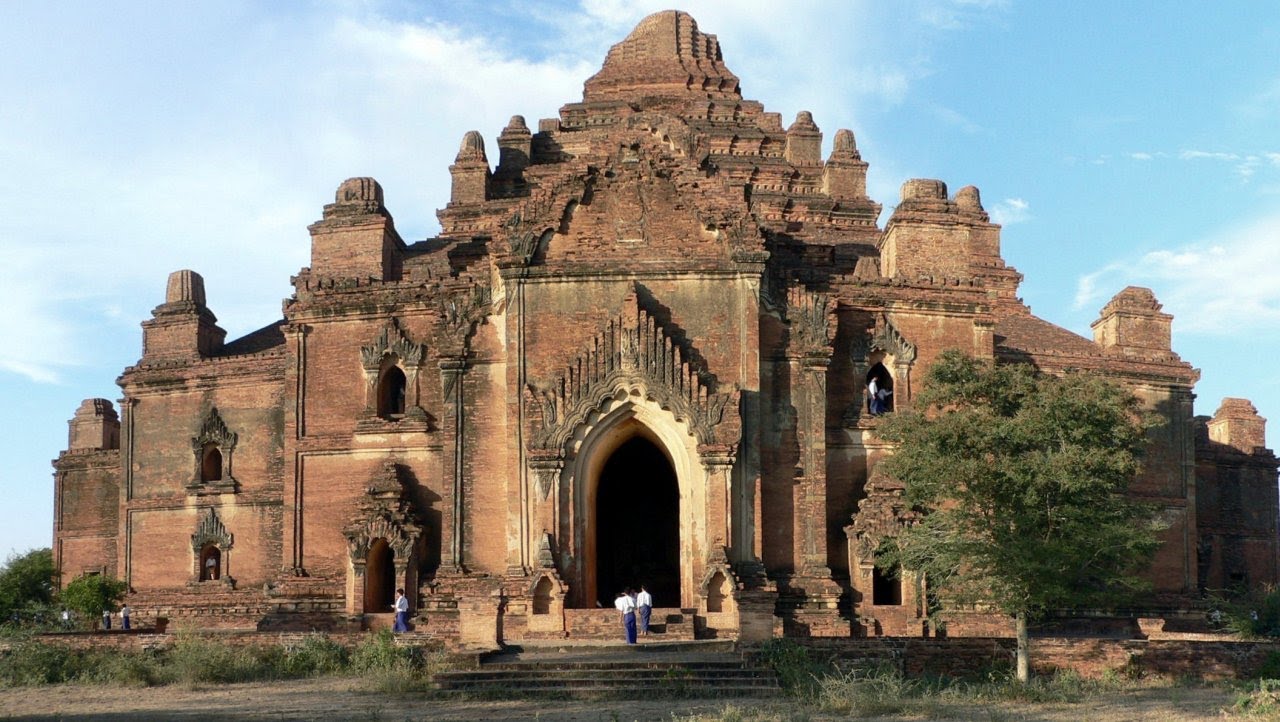Bagan, an archeological zone and one of Myanmar’s major tourist attractions, has eventually managed to be inscribed in the prestigious UNESCO’s World Heritage List. The temple-city’ authorities put a bid for Bagan in 1995 already, which was rejected due to the lack of proper restoration efforts. The UNESCO award suggests that the government has heeded recommendations. Additionally, it also demonstrates that some significant renovation work have been carried out and that Bagan has met some strict conservation targets.
This is a major victory for the country in more than one way. It pays tributes to the country’s historical heritage and could raise global awareness about Bagan’s majesty. Hence, the government could harvest the benefits of increased international support to uphold local conservation efforts. The city could tap into international expert advice from the World Heritage Committee for instance. Furthermore, Bagan will now be in a position to receive additional financial support from abroad and greater revenue from tourism. As a matter of example, Lao’s Luang Prabang underwent a surge in the number of tourists since it made it to the list in 1995. The recognition is also a mean to improve the country’s image abroad, which is currently facing substantial criticism mostly due to the ongoing Rakhine issue. Therefore, the world heritage listing helps to place greater emphasis on Myanmar’s role as a responsible member of the international community.


